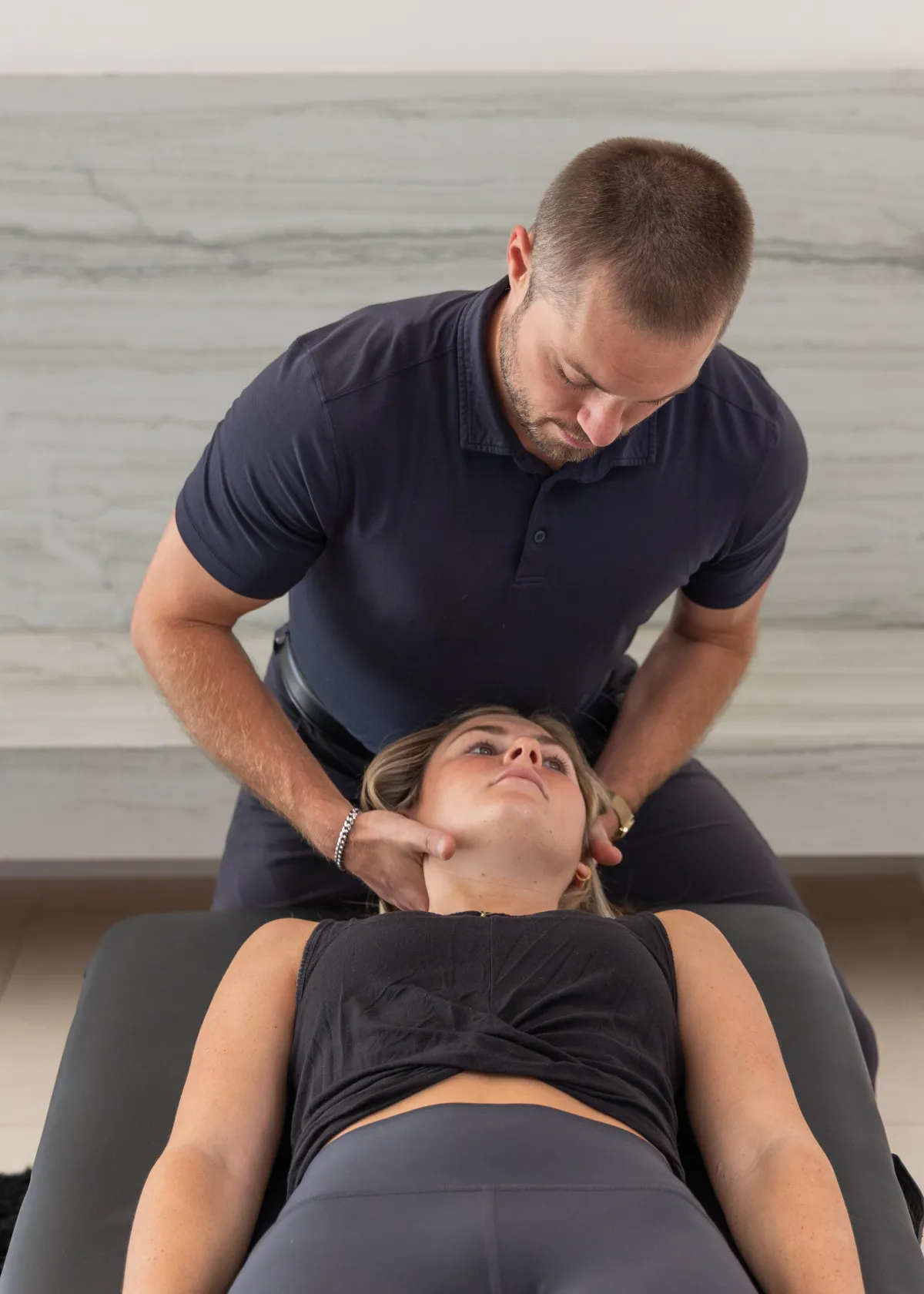
Understanding Joint Mobilizations: Benefits & Why Physical Therapists Use Them
Title: Understanding Joint Mobilizations: Benefits & Why Physical Therapists Use Them
Description:
Learn how joint mobilizations in physical therapy improve mobility, reduce pain, and restore function. Discover why they’re a key part of rehab and injury recovery.
Joint mobilizations are a hands-on physical therapy technique used to improve joint movement, reduce pain, and restore functional mobility. At Coastal Care Mobile Physical Therapy, we use joint mobilizations to help patients recover from injuries, manage chronic conditions, and improve their overall joint health.
What Are Joint Mobilizations?
Joint mobilizations are gentle, passive movements applied to a joint by a skilled physical therapist. Unlike high-velocity thrusts (commonly used in chiropractic care), joint mobilizations involve slow, controlled oscillations or sustained pressures. These movements target the joint capsule, ligaments, and surrounding soft tissues.
Why Do Physical Therapists Use Joint Mobilizations?
Joint mobilizations are commonly used in physical therapy for a variety of reasons:
• Reduce joint stiffness: Whether due to injury, surgery, or immobility, joints can become stiff and restricted. Mobilizations help restore natural movement.
• Improve range of motion: By encouraging better gliding and sliding of joint surfaces, mobilizations help increase flexibility and mobility.
• Decrease pain: Mobilizations can stimulate joint receptors and reduce pain signals, offering immediate relief for some patients.
• Enhance function: When joints move more freely and with less pain, overall body mechanics improve, helping patients return to daily activities and sports.
Common Conditions Treated with Joint Mobilizations
Joint mobilizations can benefit people dealing with:
• Shoulder impingement or frozen shoulder
• Knee stiffness after ACL surgery
• Ankle sprains and post-injury swelling
• Neck and back pain
• Osteoarthritis
• Post-operative joint stiffness
• General loss of mobility due to aging or inactivity
The Science Behind It
Joint mobilizations are based on the principles of arthrokinematics—the study of joint movement. By applying precise forces to specific joints, therapists can improve the motion between the bones. This, in turn, stimulates synovial fluid production, nourishes cartilage, and reduces friction.
They also stimulate mechanoreceptors in the joint capsule, which help override pain signals and improve proprioception (your body’s awareness of movement and position).
What to Expect During Treatment
At your appointment, your physical therapist will assess your joint mobility and determine the appropriate grade of mobilization—from light (Grade I) for pain relief, to deeper mobilizations (Grade IV) for restoring movement. The treatment is typically pain-free and often paired with other techniques such as stretching, soft tissue mobilization, or therapeutic exercise.
Is Joint Mobilization Right for You?
If you’re experiencing joint pain, stiffness, or limited mobility, joint mobilizations may be a safe and effective part of your rehabilitation plan. At [Your Clinic Name], we tailor each treatment to your unique needs to get you moving better, faster.
Book Your Evaluation Today
Whether you’re recovering from surgery, dealing with chronic pain, or just feeling stiff and immobile, our expert physical therapists can help. Contact Coastal Care Mobile Physical Therapy today to schedule your personalized assessment and learn how joint mobilizations can support your healing journey.
